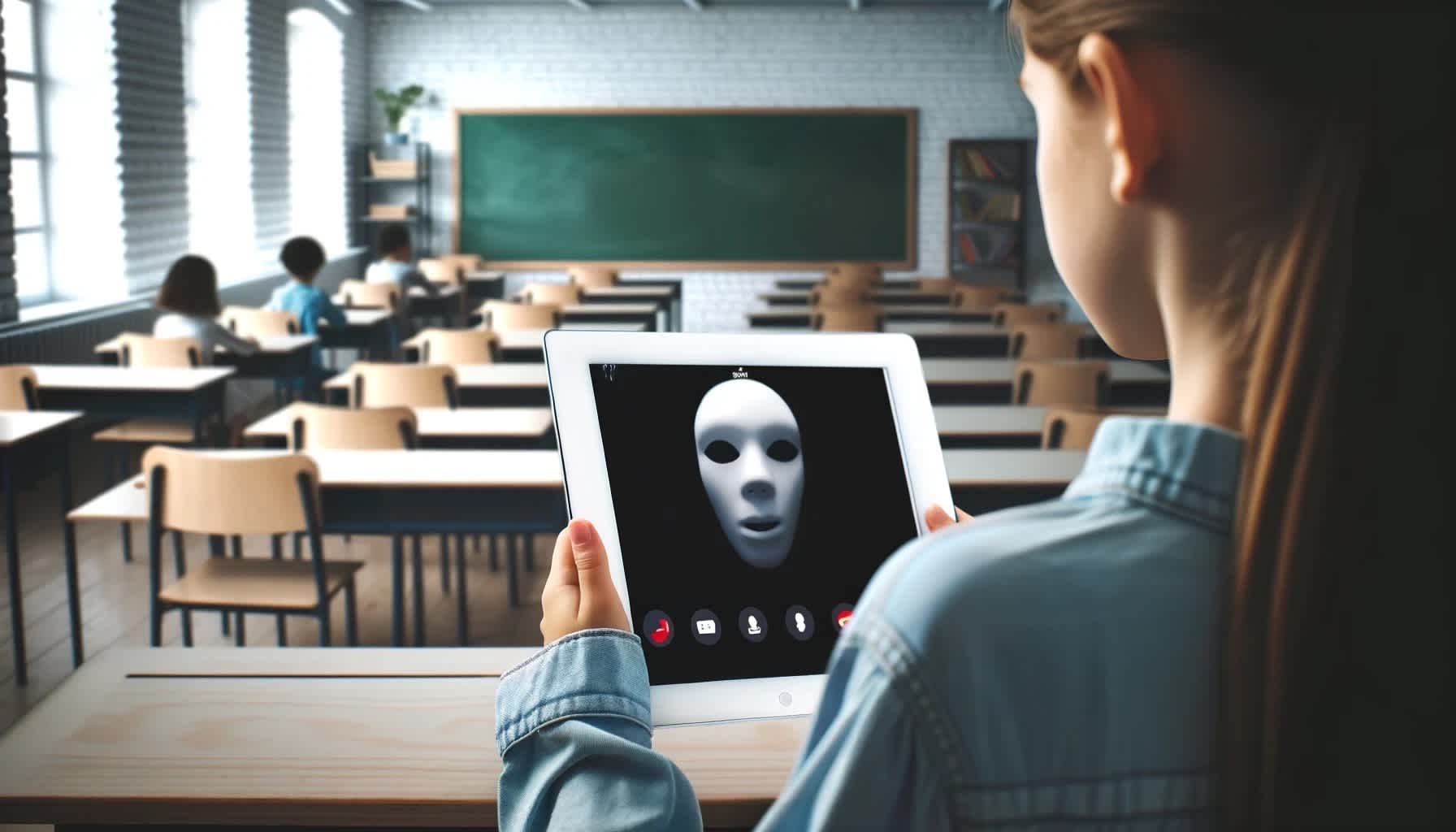Decoding digital dangers: Tech threats every DSL should know for online safety

by

Simon May
In the United Kingdom, Designated Safeguarding Leads (DSLs) play an important role in safeguarding students within their schools. To effectively fulfil this responsibility, they must have a good understanding of common digital threats and implement strategies to mitigate them, ultimately ensuring students are protected from online harm.
With cyber threats and the internet itself constantly evolving, DSLs must remain vigilant and well-informed on the latest trends so they don’t miss any crucial signs which could later lead to something more harmful.
In other parts of the world, the title ‘Designated Safeguarding Lead’ and the scope of duties may differ, but the legal frameworks and technical considerations are often similar.
Threat detection
To start, we want to outline some common threats that DSLs may or may not be aware of:
Malware
Malware refers to malicious software programmes designed to disrupt, damage, or gain unauthorised access to devices. This includes viruses, trojans, ransomware, and more. Viruses infect files or systems and spread from one device to another, while trojans disguise themselves as legitimate software to deceive users. Ransomware encrypts files or entire systems, demanding payment for their release. The potential impact of malware on school networks can be significant, so it is important to try and detect it as soon as possible.
Phishing
Phishing is a technique used to trick individuals into giving up sensitive information. It typically involves sending fraudulent emails or messages posing as legitimate entities, such as banks or educational institutes, to lure recipients into clicking on dangerous links or providing personal information. Recognising and eliminating phishing attempts can be done through monitoring and reporting systems which identify and respond to such attacks.
Cyberbullying
While most DSLs (and other staff) are likely familiar with the concept of cyberbullying, it continues to cause significant harm. Cyberbullying can be performed in various ways, for example, harassment via social media, messaging apps, online forums, and gaming platforms. Students may experience cyberbullying in the form of hurtful messages, rumours, or threats, which can have negative effects on their mental health and well-being.
To discover and understand more of these common terms, head to our recent blog: Simplifying tech jargon: Navigating the latest KCSiE regulations.
Emerging digital dangers
As new trends and threats are continuously emerging, we also wanted to share a list of digital dangers that DSLs are less likely to be fully aware of yet:
Social engineering attacks
Social engineering attacks are becoming increasingly used by cybercriminals, to manipulate individuals into giving up sensitive information or carrying out harmful actions. Such tactics include pretexting, which involves creating a fabricated scenario to get individuals to share confidential information, and baiting, which entices victims with the promise of a reward.
Internet of Things (IoT) vulnerabilities
The Internet of Things (IoT) refers to interconnected devices embedded with sensors, software, and network connectivity, allowing them to collect and exchange data. While IoT devices offer convenience and efficiency, they also present security challenges, particularly in educational settings. Unsecured IoT networks can be exploited to gain unauthorised access to data, manipulate device functionality, or launch attacks on other networked devices.
Deepfakes
A more recent development, created by AI. These are used to amend or superimpose existing images, videos, or audio recordings to create realistic but fake content. Deepfakes can pose a significant threat to students, so DSLs must be aware of and look to identify instances of deepfake content where it may occur.
Cyberflashing
Sending unsolicited explicit images or videos to individuals via smartphones or other digital devices. This form of digital harassment tends to occur in public spaces (where Bluetooth or AirDrop is accessible), so it is particularly risky for schools where large numbers of students gather. DSLs must be aware of this threat so they can implement strategies to prevent it (disabling Bluetooth and AirDrop functions) or provide support should an incident occur.
Protective measures and internet monitoring
To effectively safeguard students from the above threats, protective measures should be set up. Encouraging the use of strong passwords, multi-factor authentication, and secure login procedures for students and staff can reduce the risk of unauthorised access to sensitive information and security breaches. These are all measures that can be taken and are important, but the key to a protective online environment is having a trusted firewall in place first.
Students and staff should also be educated on the importance of staying safe on the internet; the more risks they understand, the more likely they will recognise and respond to these digital threats. Try to set up a way to relay this information to those who need it, this might be through posters in high-traffic areas, a short section in an assembly or any other situation of mass engagement.
Additionally, schools can implement threat detection and response solutions to effectively mitigate digital threats. Monitoring and reporting tools, like Fastvue Reporter, provide real-time insights into network activity and potential risks, allowing DSLs to take proactive measures to protect students online. If you’re ready to learn how Fastvue can help you, then visit our website, or get in touch today.
Take Fastvue Reporter for a test drive
Download our FREE 14-day trial, or schedule a demo and we'll show you how it works.
- Share this storyfacebooktwitterlinkedIn
